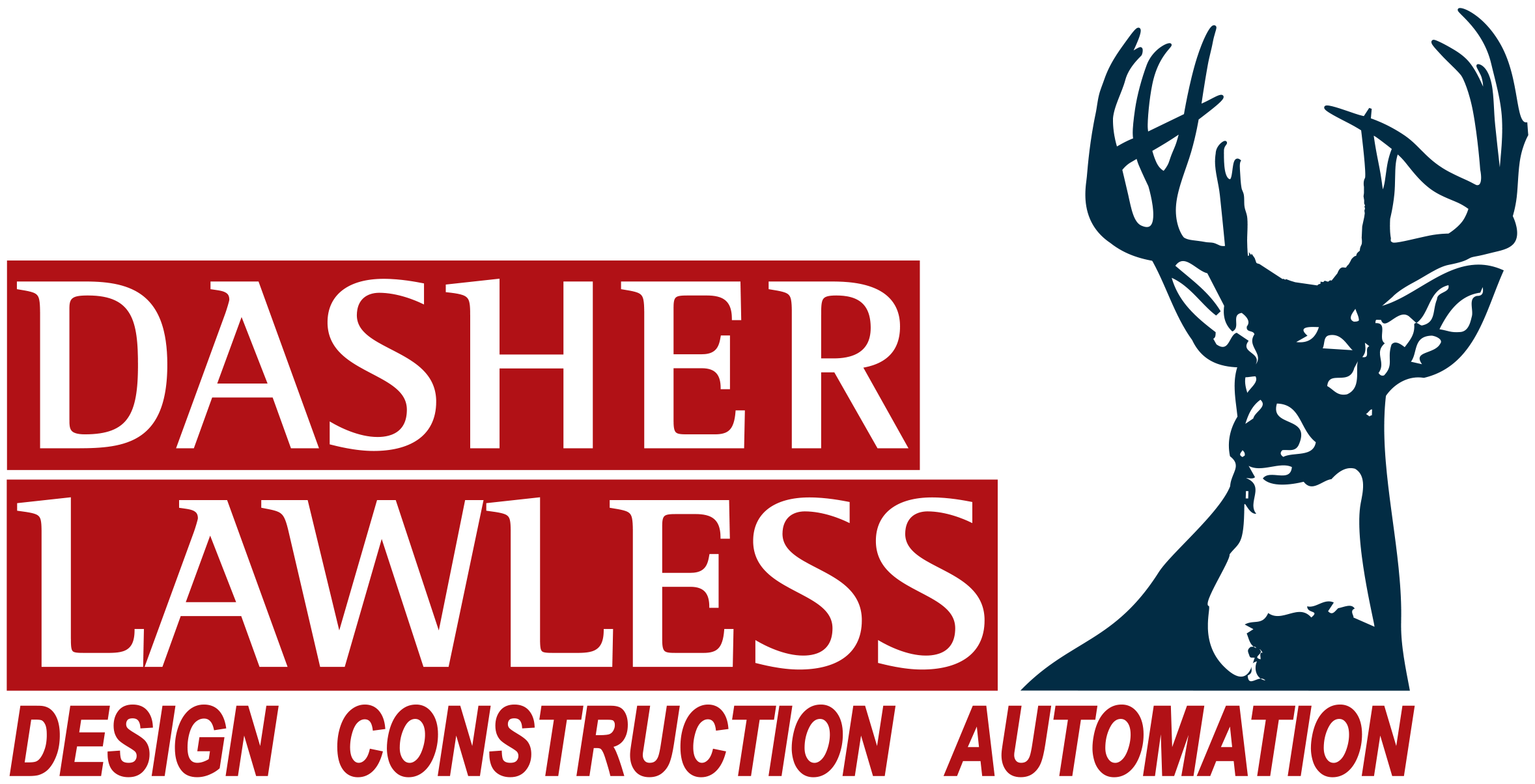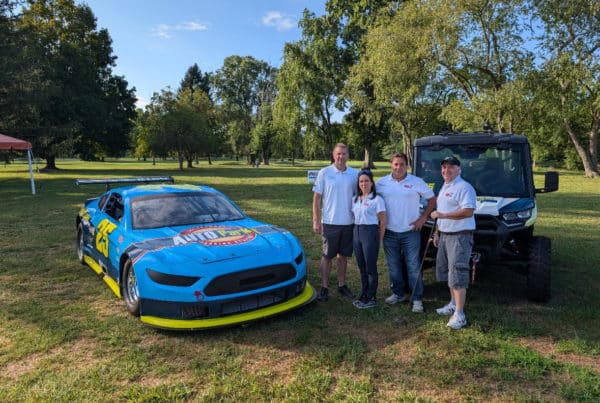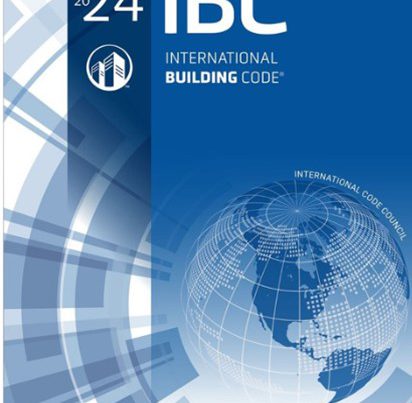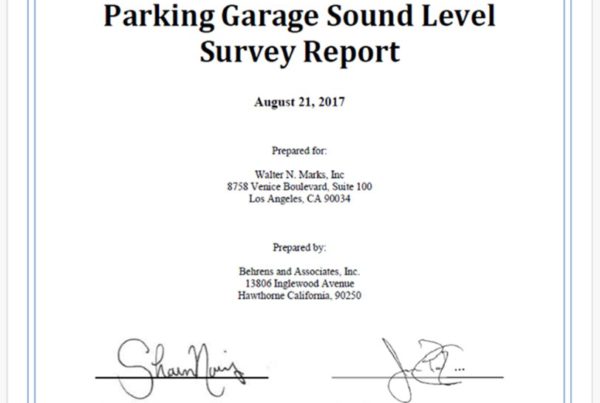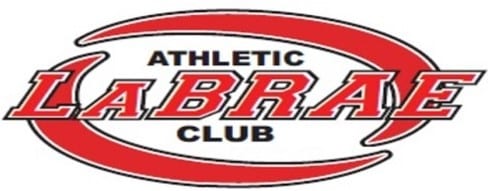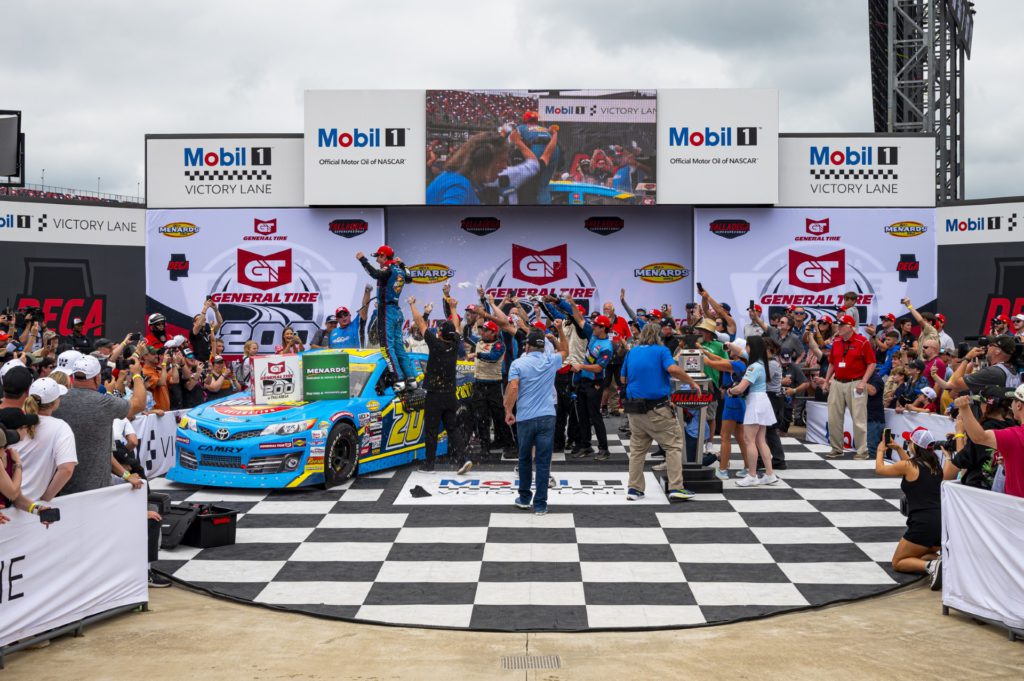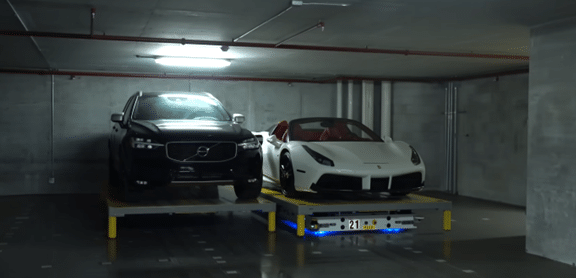
In commercial real estate and development circles, the phrase “robotic parking” has become a
catch-all for automated parking systems (APS). But according to industry experts, that label is
misleading—at least when applied to some technologies currently in use.
One such system, AUTOParkit, operates without robots. Instead, it relies on a rack-and-rail
design paired with programmable logic controllers (PLCs). This distinction, while subtle at first
glance, reflects a larger debate about what level of engineering precision is actually necessary for
storing vehicles inside a building.
Machine Tolerance vs. Building Tolerance
Robotic controls are typically deployed in applications that demand extreme precision, often
measured in millimeters. Examples include surgical robotics, robotic welding, and assembly
lines where machines pick components from moving conveyors. In these contexts, a tolerance of
just one millimeter (roughly 0.04 inches) can make the difference between success and failure.
Buildings, however, are far less exact. Concrete slabs, for instance, are permitted height
variations of half an inch across 20 linear feet—sometimes more. Structural deflection under live
load can alter a slab’s flatness by several inches. On top of that, skyscrapers are engineered to
sway multiple feet in high winds, while steel and concrete expand and contract with changes in
temperature, sun exposure, and weather.
These realities present a fundamental challenge for robotic control: if a system is designed
around millimeter-level tolerances, the natural movement of a building can push it out of
alignment. For automated parking, where vehicles weighing several thousand pounds must be
positioned safely and reliably, building-scale tolerances in the range of inches—not
millimeters—are far more practical.
Cost and Complexity
Another factor shaping system design is cost. Robotic platforms typically use DC brushless
motors paired with servo drives to deliver the precision required. But these components are
expensive, often more than twice or up to 10x the cost of equivalent AC motors—and are
typically cost-effective only in low-power applications. Moving a 6,000-pound vehicle requires
significantly more power. AUTOParkit, for example, relies on AC motors ranging from 3 to 50
horsepower, keeping overall system costs lower.
The control architecture also diverges sharply from robotics. AUTOParkit’s reliance on PLCs—
ubiquitous in industrial automation—means maintenance can be performed by engineers already
familiar with widely available off-the-shelf components from manufacturers like Siemens. By
contrast, robotic systems demand specialized knowledge that can raise costs over the long term.
Linear Movement vs. Robotic Control
At first glance, an AUTOParkit facility may appear “robotic.” Vehicles move seamlessly in and
out of storage as multiple subsystems operate simultaneously. But the underlying mechanics are
simpler: each subsystem handles a single axis of movement at a time, relying on straightforward
point-to-point motion.
In robotics, true multi-axis coordination is required to execute complex curved paths. By
comparison, automated parking only demands simple linear motions—moving cars forward,
backward, sideways, or rotating them when necessary. The most complex operation AUTOParkit
performs is turning a vehicle 180 degrees.
Rethinking the Label
The distinction between robotic and automated parking isn’t just semantic. It highlights a broader
engineering principle: technology should match the tolerances of the environment it operates in.
Parking cars requires building-scale adaptability, not the millimeter precision of surgical
robotics.
For developers, that translates into lower costs, simpler maintenance, and a better system suited
to the realities of concrete, steel, and weather. In this light, the popular shorthand of “robotic
parking” obscures more than it explains.
For more information, see
www.AUTOParkit.com
or contact Shawn Adams at:
sadams@dasherlawless.com
M 630.310.1902
For media requests, please contact Christina Cappello at:
ccappello@dasherlawless.com
O 818.989.1282
